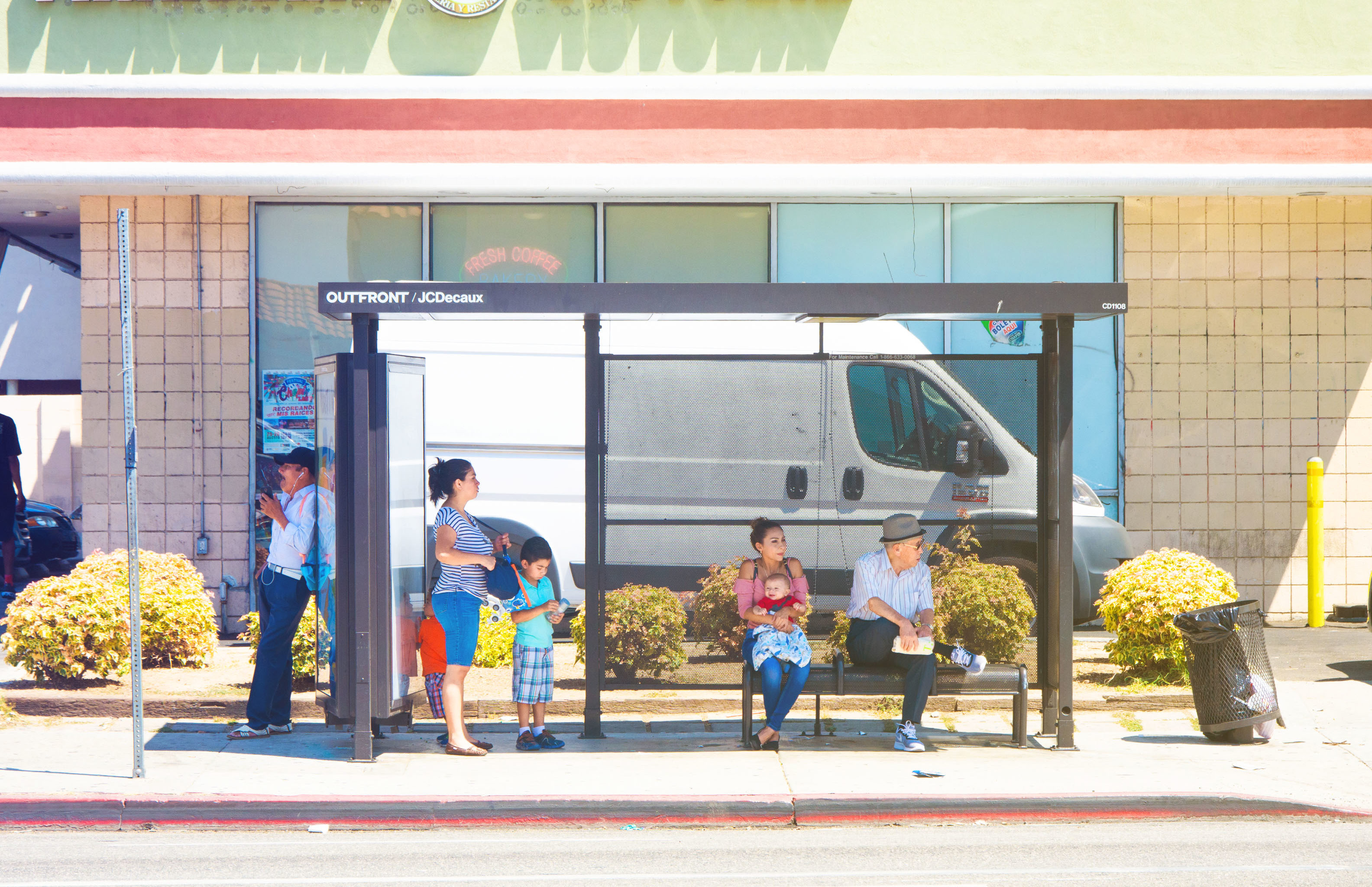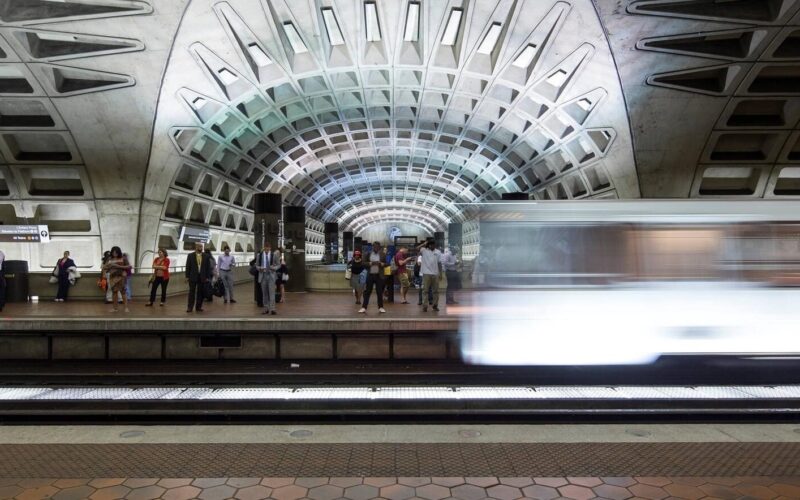

Photo credit: Chris Yarzab, via Flickr. Used under a Creative Commons License.
Transit and transportation-reform circles are abuzz over last Wednesday’s Los Angeles Times article highlighting declining ridership on LA Metro, the largest transit agency in Southern California.
The Times piece and subsequent commentary have offered a variety of explanations. LA Metro asserted in response to the article that ridership is “cyclical.” Transit planner Jarrett Walker interpreted the agency’s ridership as fluctuating within a small range. Joe Linton at Streetsblog highlighted highway spending and parking minimums that have stymied dense, transit-oriented development and added to over-reliance on cars. Other observers blamed the rise of Uber and similar shared-mobility options, and still others accused the Times reporters of cherry-picking data.
Yet there is one fact behind the post-recession ridership decline that is unambiguous, according to the National Transit Database: the substantial cuts to rush-hour service LA Metro has made since the recession, especially between 2010 and 2012.

Source: National Transit Database
In April 2007, LA Metro service peaked at 2,490 rush-hour vehicles. Five years later, this figure had fallen to 2,072 vehicles—a 17 percent decline. (It has since slightly recovered to 2,138 vehicles as of August 2015.)
Vehicles operated at peak service is not a perfect metric. In some cases, a smaller number of trains running on recently opened lines may have replaced a larger number of lower-capacity buses. Still, the magnitude of the service decline is remarkable. Size-wise, it is as if since 2010 the entirety of Phoenix’s bus system has been subtracted from Los Angeles transit service.
Interestingly, the service reductions do not seem to correspond with the revenue declines or cuts to state transit assistance that occurred at the height of the economic crisis. Instead, the timing may be more directly tied to the lapse of a federal consent decree regarding bus service that resulted from a 1994 Bus Riders Union civil rights lawsuit.
LA Metro officials have also hinted that this court case may be a contributing factor. In a 2011 PowerPoint presentation on the “Experience & Lessons Learned” from the consent decree, the agency’s CEO called for “right-sizing” the “inefficient” bus system. This decision seems to have conflicted with the needs of many LA Metro riders, whose median income hovers around $15,000 per year and are thus heavily bus-reliant.
From a fiscal point of view, one can debate the merits of those service cuts. In any case, however, it’s unsurprising that a reduced LA Metro service network is not sustaining pre-recession ridership levels, especially when coupled with a fare increase in the fall of 2014. With 350 fewer buses on the road, there are many Angelenos for whom the system simply isn’t as convenient as it used to be.
 On the Brink: Will WMATA’s Progress Be Erased by 2024?
On the Brink: Will WMATA’s Progress Be Erased by 2024?
The experience of being a WMATA rider has substantially improved over the last 18 months, thanks to changes the agency has made like adding off-peak service and simplifying fares. Things are about to get even better with the launch of all-door boarding later this fall, overnight bus service on some lines starting in December, and an ambitious plan to redesign the Metrobus network. But all of this could go away by July 1, 2024.
Read More LA is (Not-So) Quietly Adding a LOT of Bus Lanes
LA is (Not-So) Quietly Adding a LOT of Bus Lanes
Thanks to the persistent work of local transit advocates, LA Metro is laying down 30 miles of bus lanes in 2023, pushing the total number of bus lanes in LA County to 40 miles.
Read More